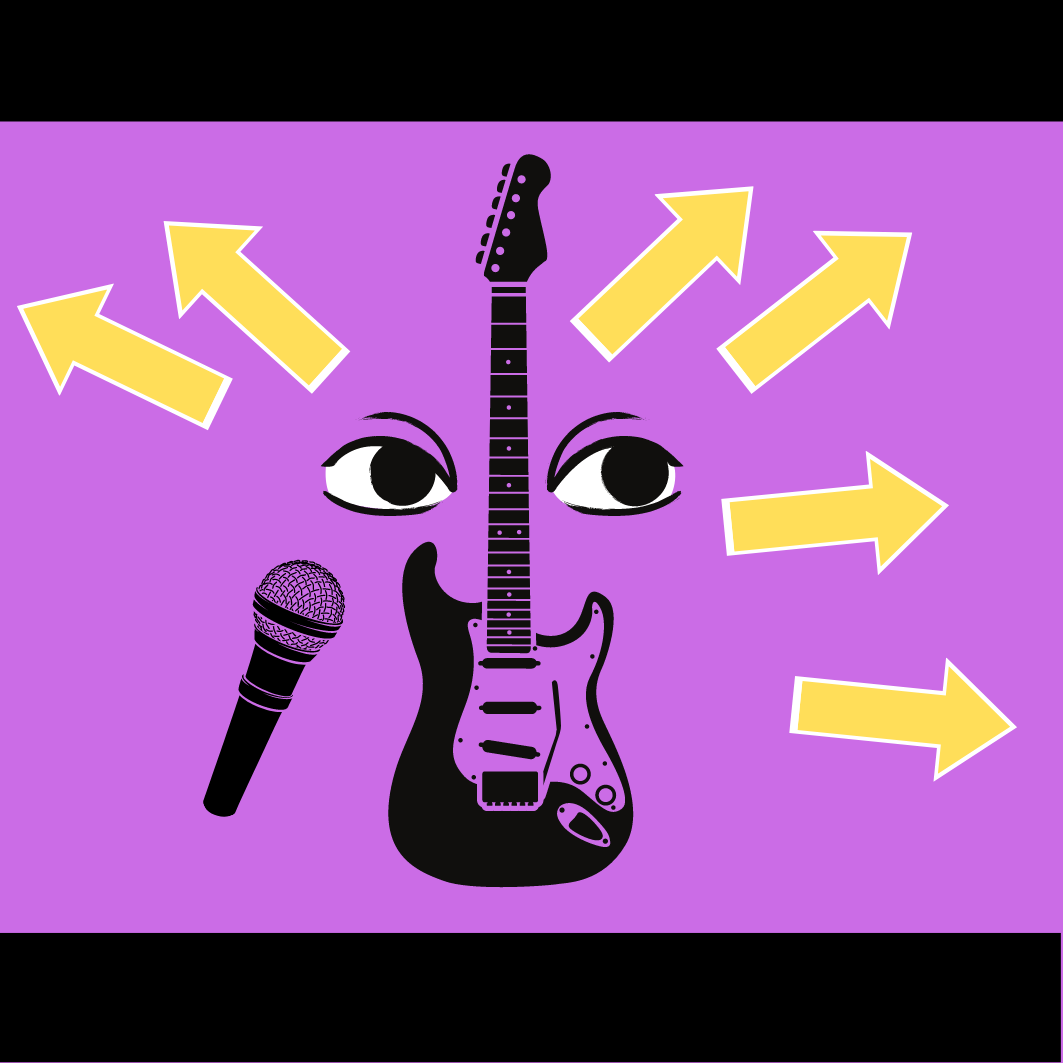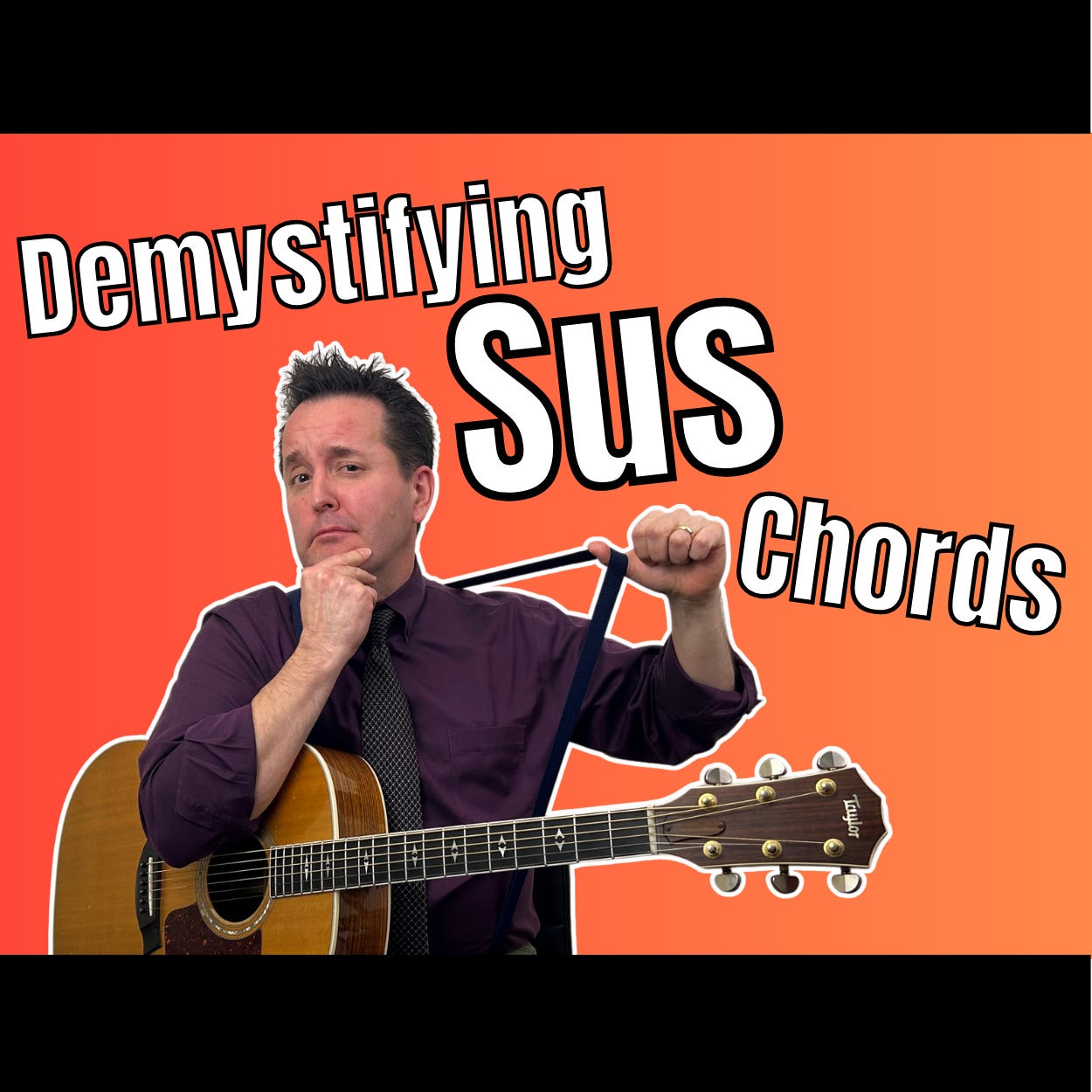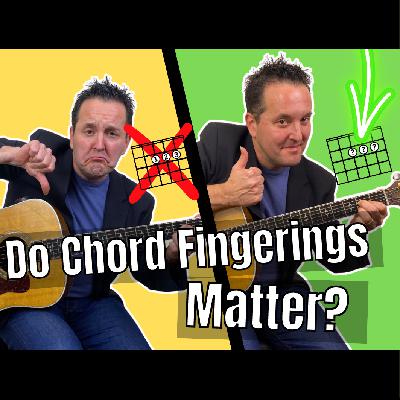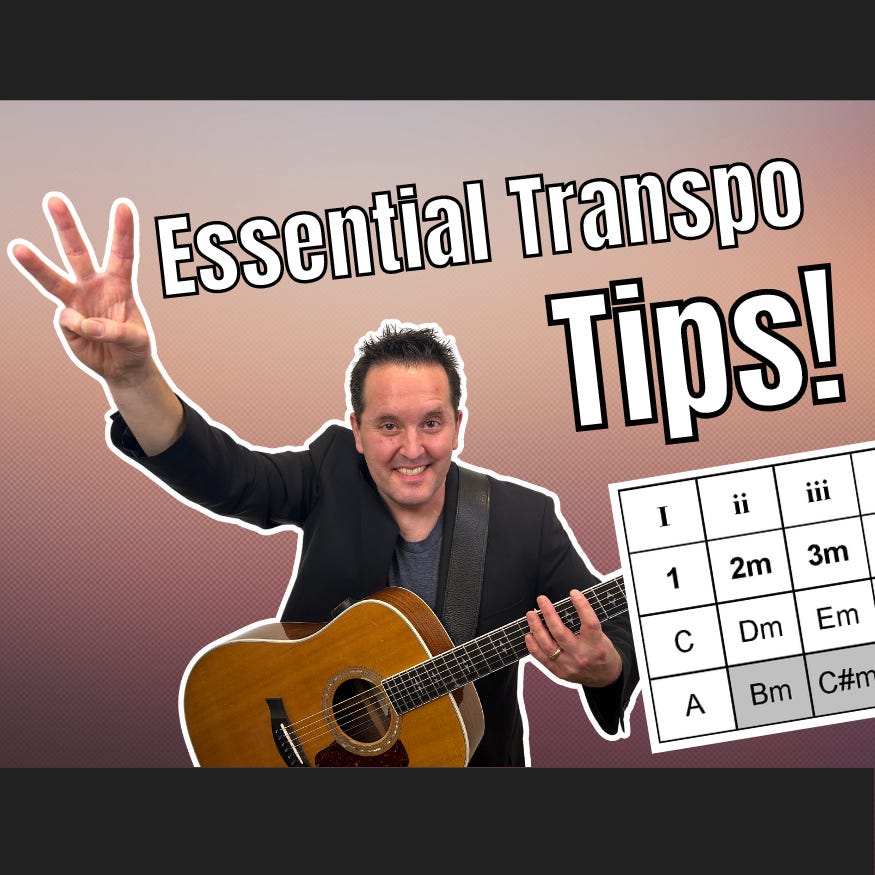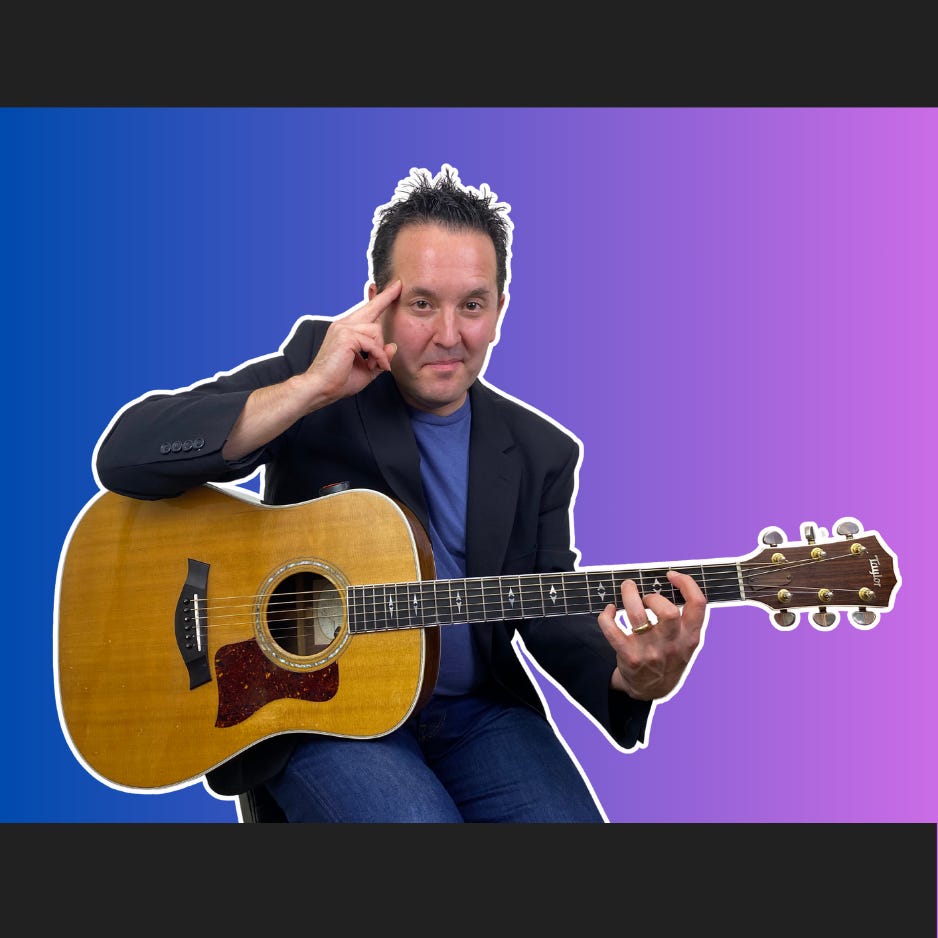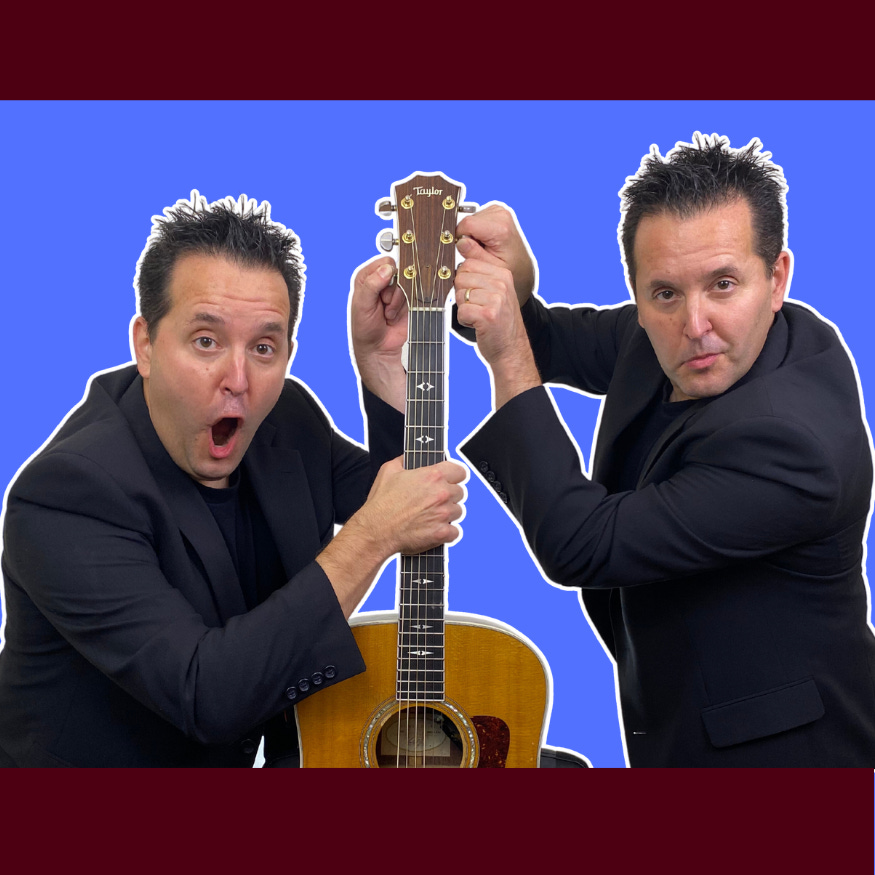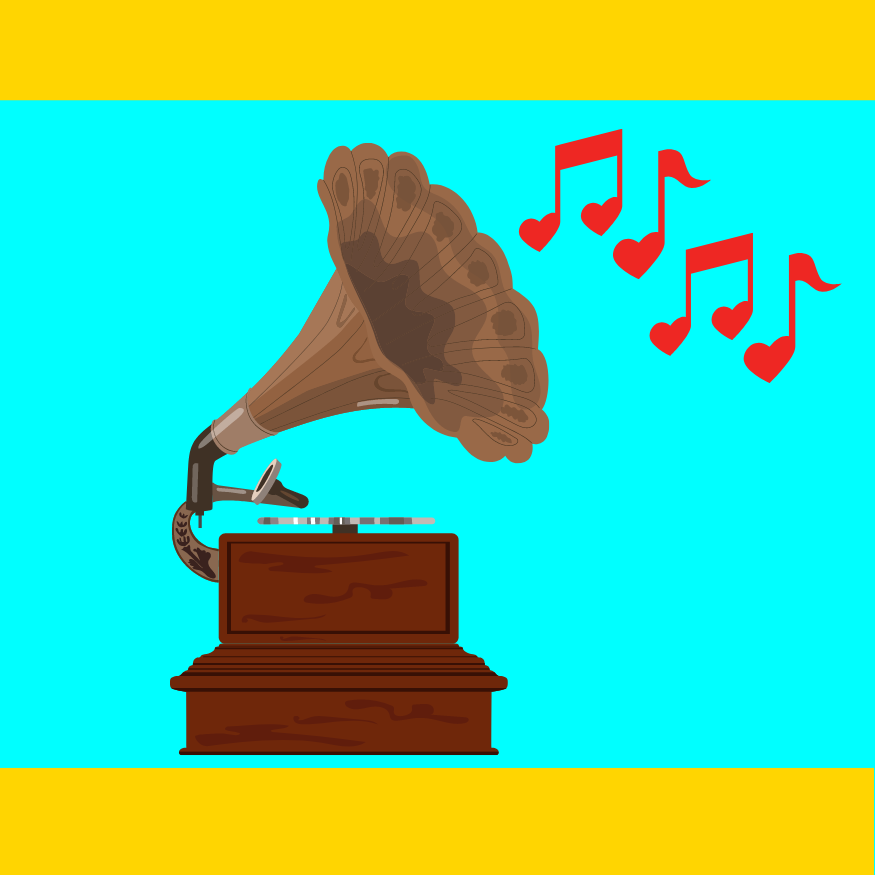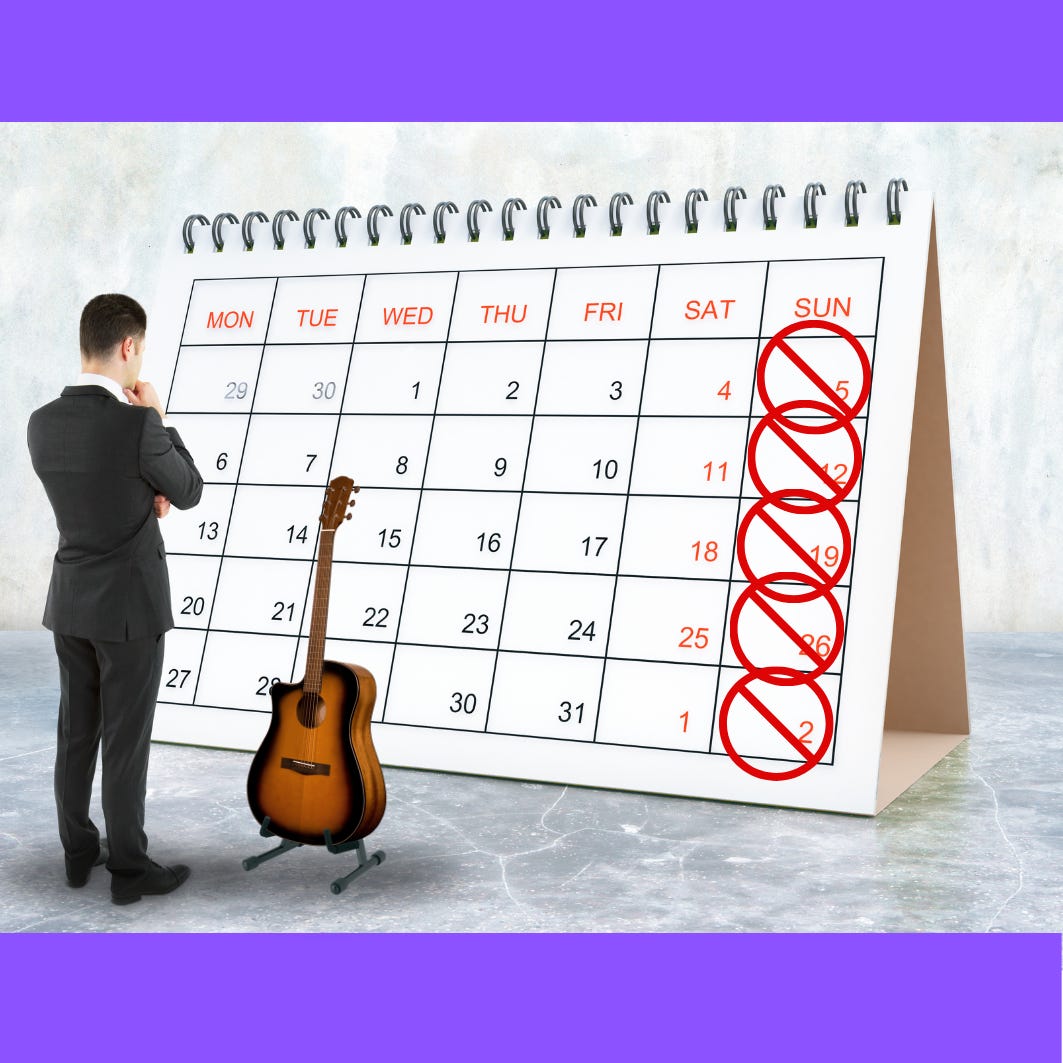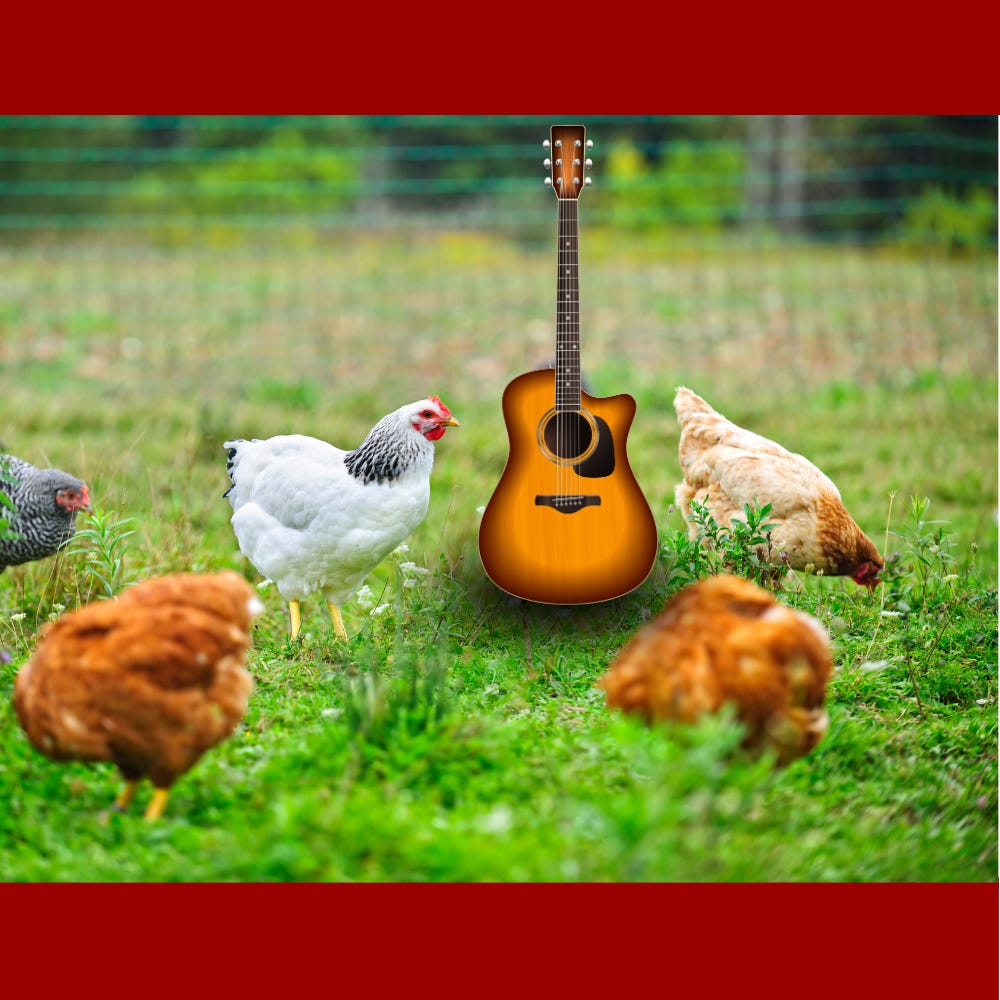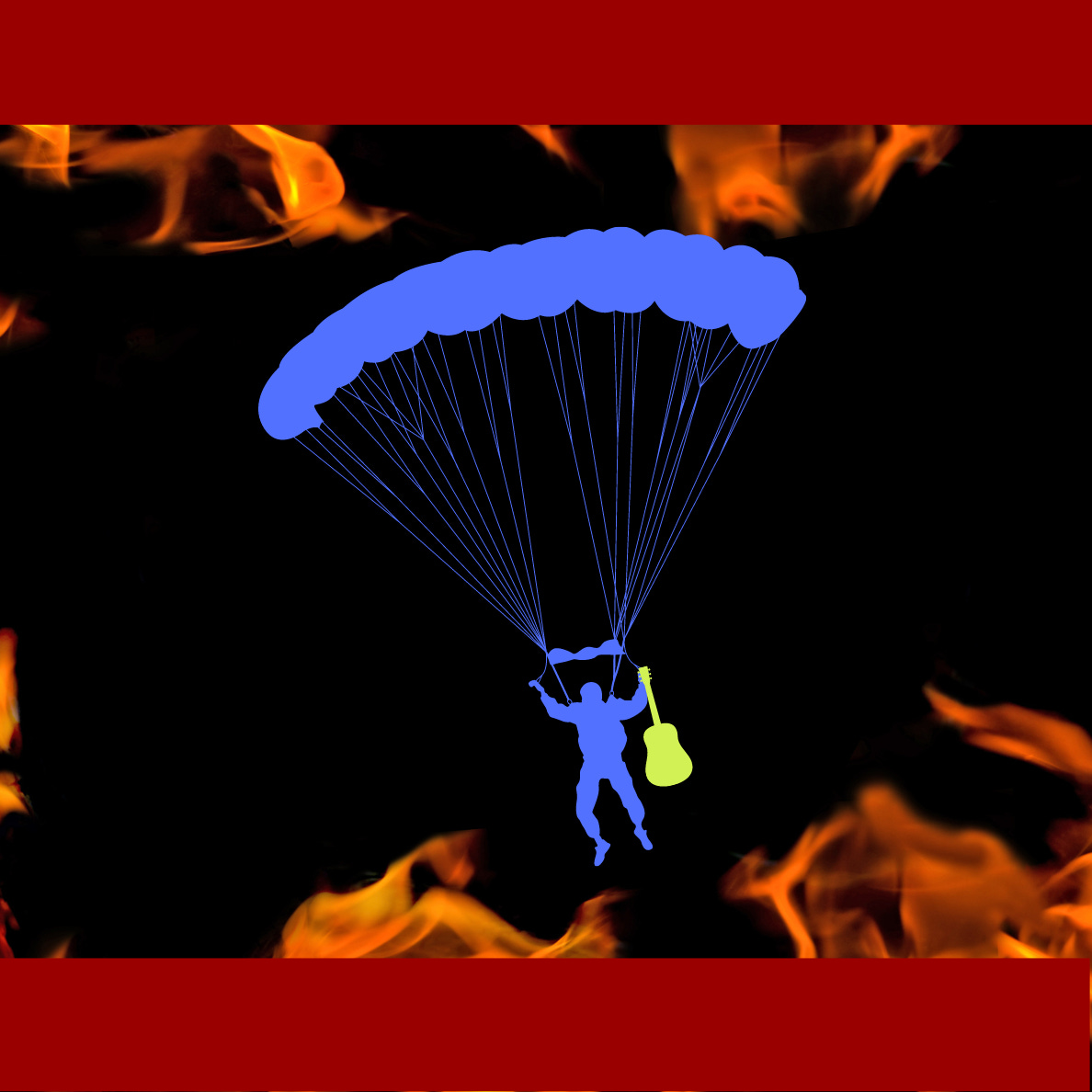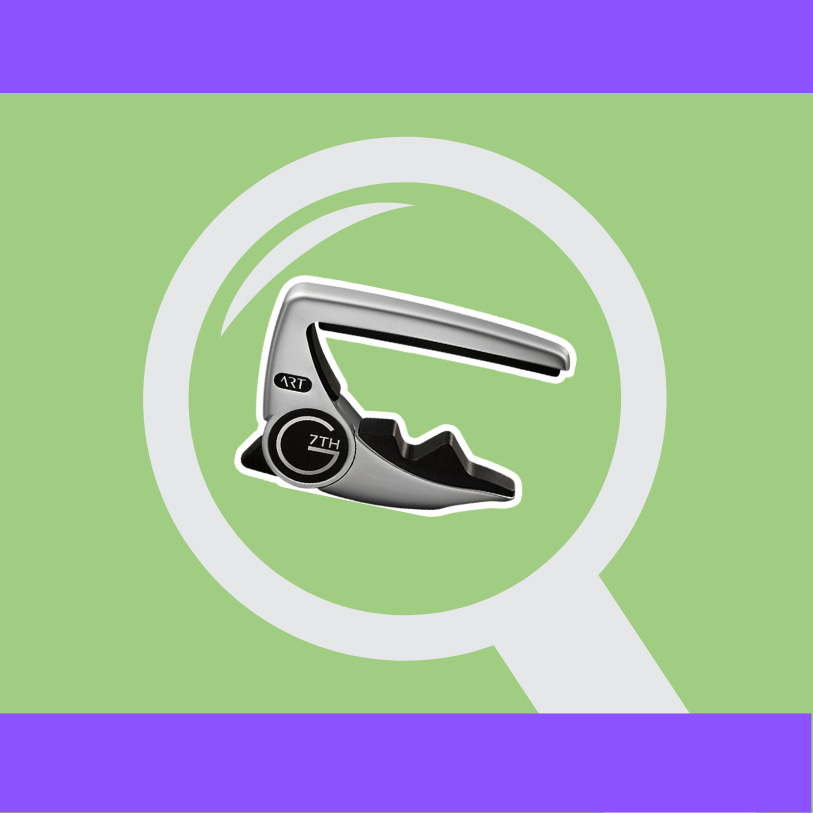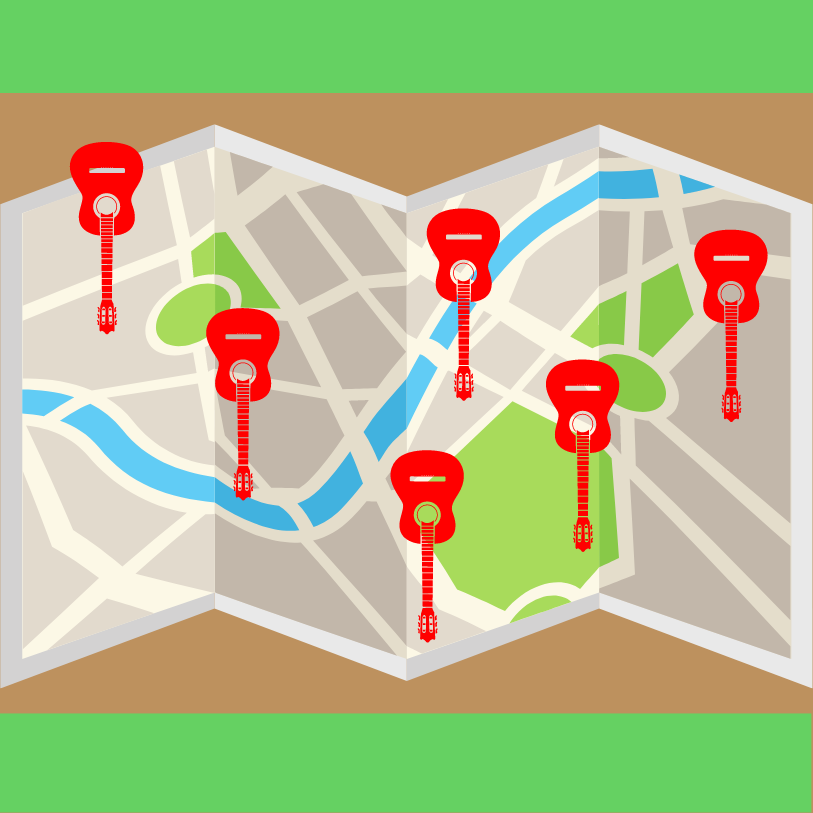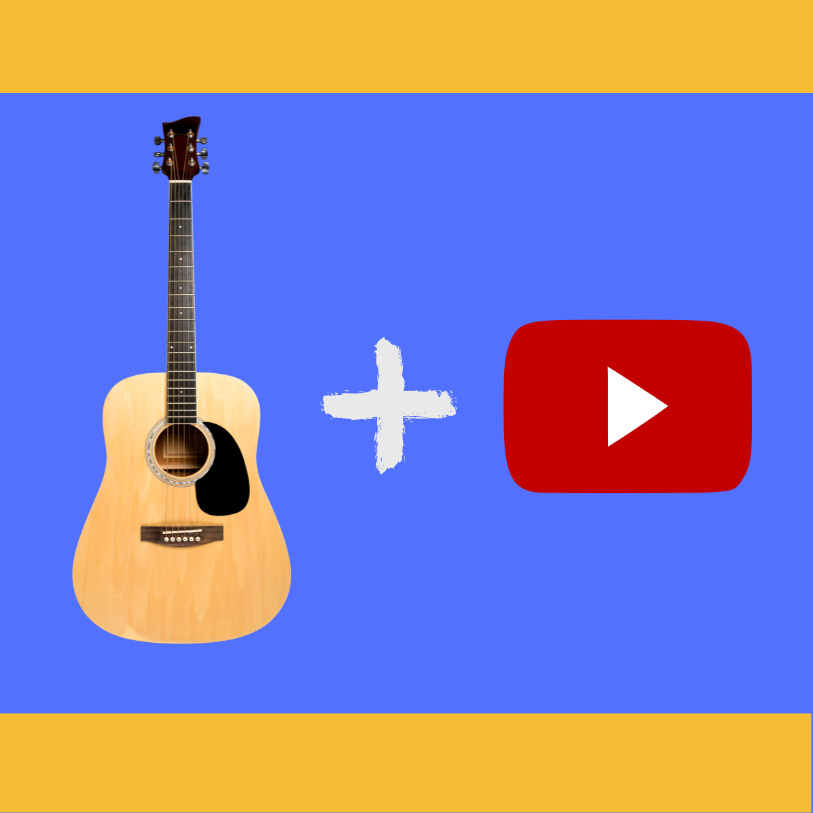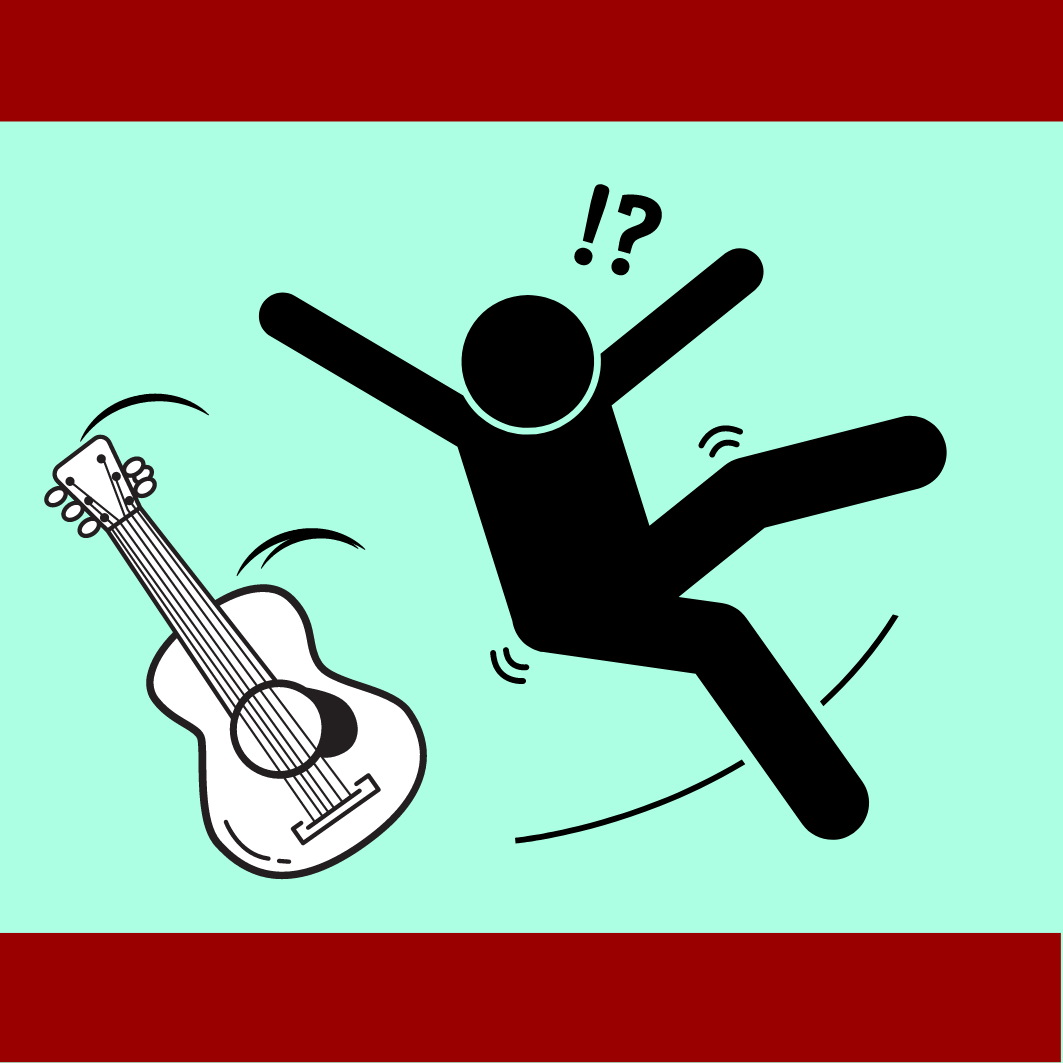6 Ways to Communicate Well with your Teams from the Guitar
Description
Pro tip: please watch the short video version of this post that I link to www.guitarsuccess4u.com/Communicate6. It will give you a much clearer grasp of what I’m sharing here.
Abbreviated transcript included below…
Did you know that as a guitarist onstage, you’re always communicating something, whether you’re trying to or not? Your presence on the platform, especially as a worship guitarist or band leader, puts you in the middle of a conversation. Will you communicate well? If you listen to what I have to share with you today, I think you’ll gain some solid tips that will make you much more effective.
After leading worship professionally on staff for over a decade, and touring all over North America as a guest worship leader for almost three decades, I’ve picked up a few strategies that have really enhanced my process and blessed the people I’ve been serving with, both musicians and technicians. And most of these involve non-verbal communication.
Here are six ways to communicate well with your teams from your guitar.1. Cue and establish the tempo. Tempo is essential. How do we achieve consensus for how the song begins?
The worship guitarist can count in. I’ve seen several approaches, but if the song is in 4/4 time and the worship leader (who may also be playing the rhythm guitar) wants everyone in on beat one, and chooses to count 1, 2, 3, 4, is there any ambiguity about when the downbeat of the first measure is?
Nope. It’s super clear.
Some worship guitarists would rather not do this – they don’t want to verbally start the song. A subtler approach could be to tell the drummer to “click in” with his or her sticks, or start the click, by cueing them with a code word. Like, “exalt,” for example.
We could say, “Let’s lift our voices together as we exalt our Lord in song.” Cue the click.
2. Keep the tempo. Some of us have people on our teams who like to rush. If the whole team or band has IEMs with a click, this keeps things more manageable, but without that infrastructure, we need to be able to signal our team with our foot, especially if the tempo is accelerating unnecessarily.
We can stomp our foot, or we can lightly tap our foot, but if we have a solid feel and ability for communicating the tempo, our team should be able to visually “check in” and see if they’re on track with us.
Obviously, they need to be able to have line of sight to our foot for this.
3. Move to (and from) the mic. Let’s assume that you’re leading worship as you sing and play rhythm guitar. Do you need to be at the mic when you’re not singing?
My answer to that is: “no.” Track with me here. If there’s a short (or long) intro or instra break, it does not serve the band (or anyone) well for the worship leader to linger at the boom mic. They’re sending a “false positive” message to everyone and creating a subconscious state of insecurity.
The only foolproof strategy is if the worship leader moves to the side, away from the mic at the breaks, and then comes back when it’s time to sing again, thereby “rebooting” the process.
Coming back to the mic tells everyone (including the projectionist) that the next lyrics are to be sung.
Is this overkill? Not if you’ve witnessed what I have – people from the congregation inadvertently singing “solos” and then stopping abruptly, sometimes not without a bit of embarrassment.
4. Move the guitar neck for ritardandos. Ritardando is the Italian musical expression for “slowing down,” usually at the end of a song.
If you want your band to follow you rhythmically through that slow-down, use your guitar neck. You can literally subdivide the measure by moving your neck down and up, and decelerating the tempo.
5. Raise the guitar neck to signal the end of the song. If the band isn’t certain if the chorus you’re on is the final chorus, etc., simply raise the neck of your guitar about 30 degrees as you sing, and the band can see that as a signal to wrap up. They’ll know the song is about to end.
6. Confirm the length of the closing song (even before it begins.) Sometimes, we need to “call an audible” and truncate the song at the end of the service. We can communicate our plans for this with our teams without saying a word.
For this to happen, it helps to have two versions of the song rehearsed and ready in the minds of the band, but even in the slide shows of the projectionist.
These two versions are: the unabridged version, and the abridged version. But how to communicate with the band and the projectionist which way you’re going to go?
Right before the closing song, I can choose one of two postures that will be visible to everyone, even from far away. First, hands at my sides indicates “no hurry” – and therefore the unabridged version.
Second, hands on my guitar indicates that time is short and we are “in a hurry” – and therefore the need for the abridged version.
Closing Thoughts
I hope these tips have been helpful today. There are more, and I’ll share additional thoughts with you on related subjects in the future.
For now, put some of these into practice for your next time of worship or band offerings. Don’t feel like you need to tackle “all” of them at once.
Thanks for your time today. Keep showing up, and I’ll see you next time!
Thanks for reading Guitar Serious Fun! Subscribe for free to receive new posts and support my work.
This is a public episode. If you would like to discuss this with other subscribers or get access to bonus episodes, visit guitarseriousfun.substack.com

